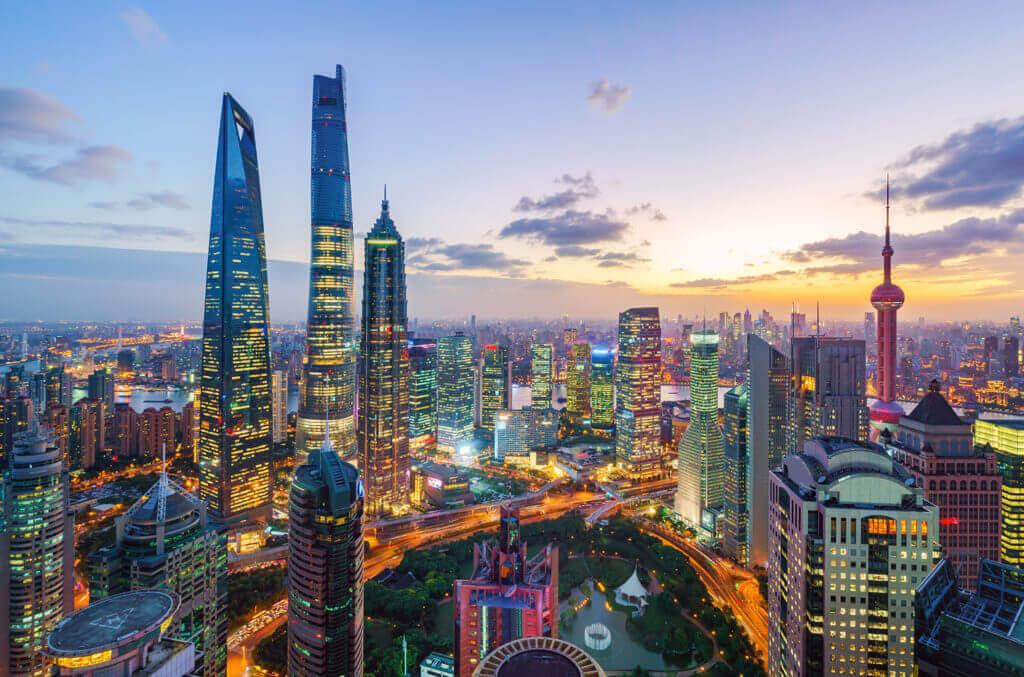
The Asia Pacific region has the fastest growing economy, Asian airports are dominating the world’s top 20 busiest airports, Thailand and the Philippines are becoming the leaders in time spent on social media, and China and Japan are two of the top three largest economies in the world.
NB: This is an article from Sojern
To add further complexity for travel marketers, the region encompasses 46 countries, over 3,000 spoken languages, and 14 time zones, making it increasingly difficult to reach travellers at the right time with the right message.
To understand how travel marketers are addressing these challenges in a growing region, Sojern took a deep dive into the findings from the global State of the Industry: 2019 Report on Travel Advertising and broke them out into our 2019 Asia Pacific Report on Travel Advertising. Here are a few of the key trends we observed for the region:
Trend #1: Travel Marketers in Asia Pacific are Finding Success on Social

Overall, 56% of Asia Pacific travel marketers are planning to use Instagram Stories in 2019. But there is a myriad of interest when looking between countries. Indonesian travel marketers are ahead of the curve, as 53% responded that they already used Instagram Stories in 2018 as compared to the global average of 44%, and 66% of them are intending to continue using or trying it out in 2019.
This does not come as a surprise, because Indonesia’s Instagram usage is ranked fourth globally. On the other end of the spectrum, 33% of New Zealand travel marketers do not currently use or plan on using Instagram Stories in 2019—perhaps reflective of the fact that only 35% of New Zealand use Instagram as of January 2018.
Trend #2: Video is Big in Asia Pacific
Video advertising is often used higher in the funnel, during the dreaming phase, to inspire travellers. Many Asia Pacific travel marketers use video to showcase their properties and experiences in a more engaging manner—creating excitement among prospective and booked travellers.

Because videos easily help tell the story of travel—and travellers are increasingly consuming information through watching online videos—Facebook, YouTube, and Instagram are the most utilised ad video platforms in the region.
Well over one-third (36%) of travel marketers in Asia Pacific plan on investing in Connected TV (CTV), a relatively new offering, in 2019. TV viewing in the region is very high, in fact, Japan shows the highest interest for CTV, at 42%, which reflects the fact that Japan ranks as the third highest TV consumption globally.
Trend #3: Big Tech Players Are Disrupting the Industry

Almost half (45%) of travel marketers in the region rank Facebook and Instagram as most likely to disrupt travel marketing over the next five years.
Although Amazon is the leading e-commerce player in North America and Western Europe, almost every country in Asia Pacific has their own dominant online travel sites: Ctrip in China, Rakuten in Japan, Makemytrip in India, and Traveloka in Indonesia, which are far ahead in terms of local market dominance. However, it does seem that travel marketers are confident that Amazon will be able to roll out technology for the travel industry in the years to come, with 38% agreeing that Amazon will disrupt travel marketing. And Amazon has made its first steps in the region’s travel industry this May with the appearance of flight booking on its India website.
Looking for more detail on the key challenges travel marketers face, how they’re allocating advertising budget across channels, where they are finding success, and what technologies may impact the future of marketing?
Download Sojern’s full 2019 Asia Pacific Report on Travel Advertising.




